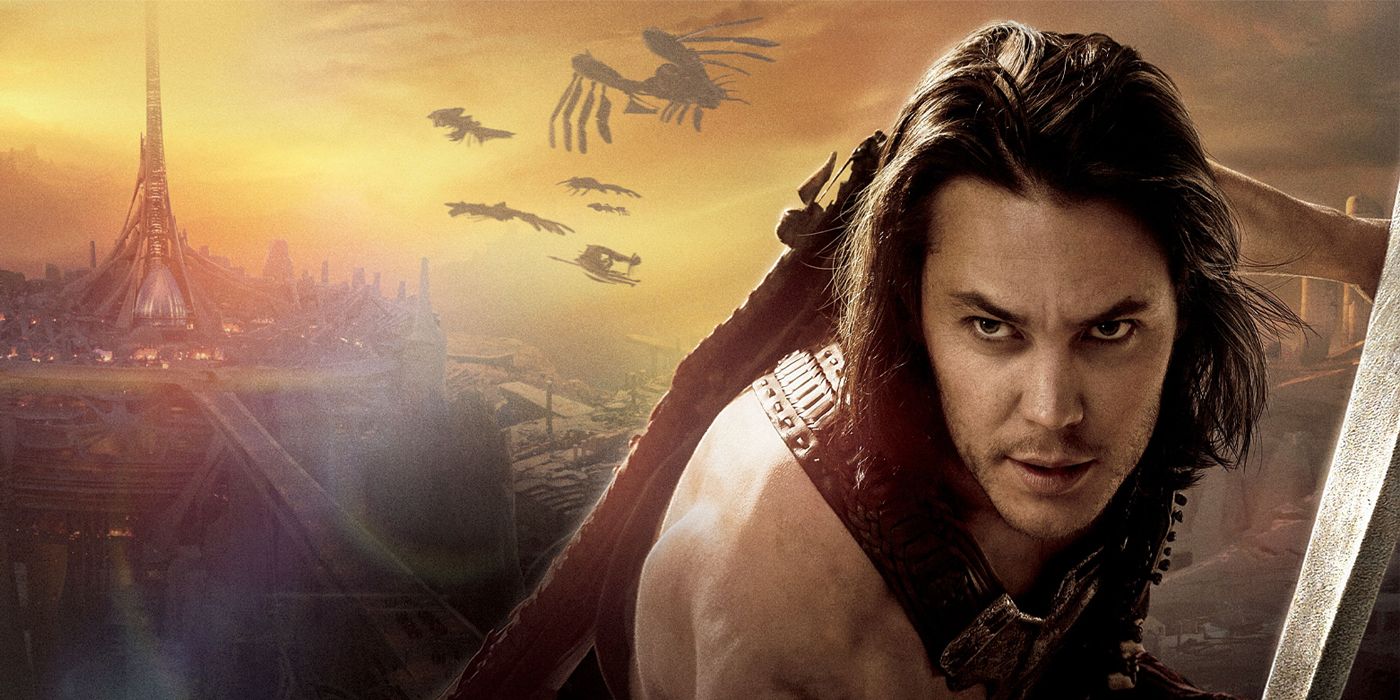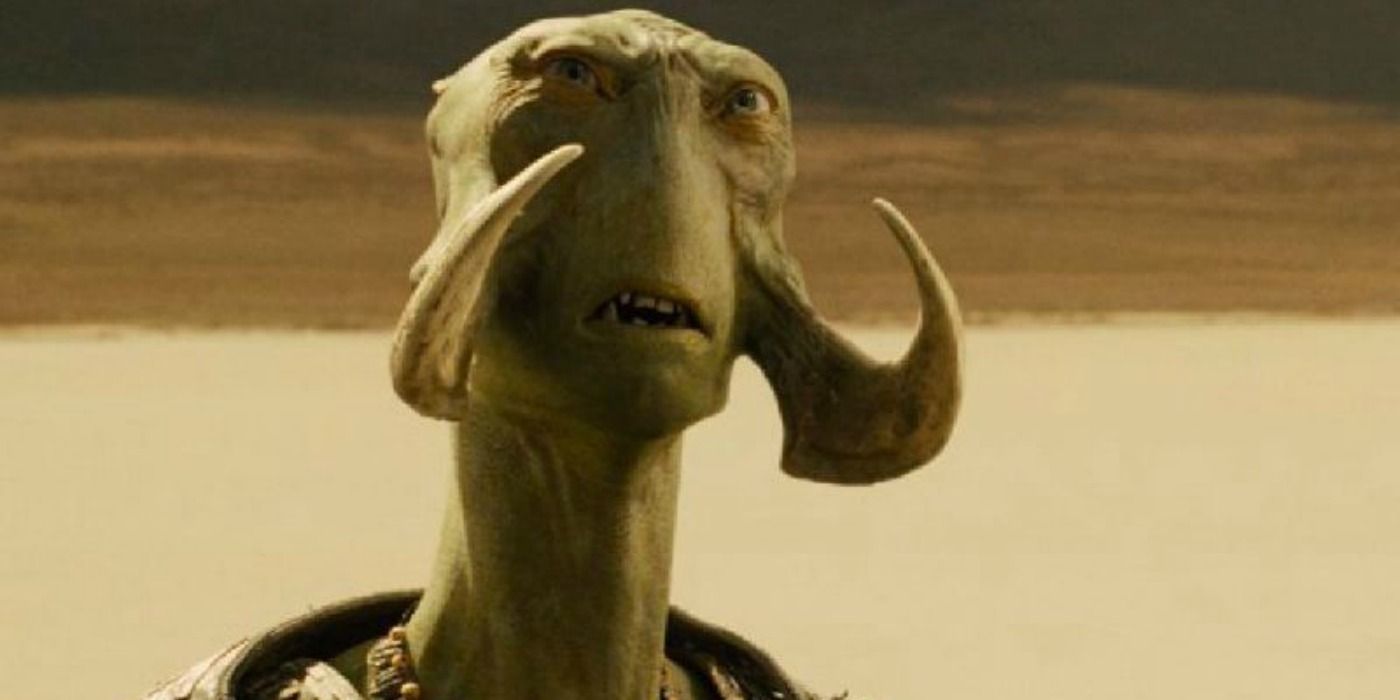Disney's John Carter was a flop upon release, but it's a better movie than it gets credit for and deserves revisiting now that it's available on Disney+. The film was an adaptation of Edgar Rice Burrough's 1917 novel A Princess on Mars; it released in 2012 and told the story of the eponymous Carter and his time on Mars (or Barsoom, as its inhabitants know it as). When he learns of his superhuman abilities in this low-gravity environment, he encounters a princess on the run and helps her fight to save her land.
Walt Disney Studios had planned to turn the Burrough's books into a franchise, starting with John Carter; however, the movie's poor Box Office numbers and critical reception led Disney to abandon that plan. John Carter only grossed around $284 million on a budget of $250 million (not including the high marketing costs). It incurred an estimated loss of $200 million for the studio, making it one of the biggest flops in Hollywood history. Its failure is due to a number of factors: though John Carter's opening weekend at the box office didn't include steep competition in its target demographic, the surprise hit 21 Jump Street during the following weekend and the YA phenomenon The Hunger Games two weeks later quickly eclipsed any attention John Carter was able to muster after a disappointing $30 million debut. The film was critically maligned as well, which likely contributed to its poor box office performance. While John Carter wasn't the success Disney had hoped it would be, it's not a bad movie — in fact, there are a lot of redeeming qualities to John Carter that make it worth revisiting.
While John Carter certainly has its flaws, it's an awe-inspired spectacle. Director Andrew Stanton does a very good job of setting up the rules of his grandiose world early on so the use of colorful CGI-monsters and Carter's superhuman abilities, as well as Barsoom's vehicles and weapons, quickly make for some dynamic, exciting action; this leads to great scenes like when Carter, Tars, and Sola take on two White Apes in the arena, or the finale involving the Tharks. The VFX was impressive in 2012 and they hold up remarkably well today. The worldbuilding is reminiscent of Avatar and Star Wars, with plenty of unique concepts to offer that harken back to the novel as well. It's easy to see why Disney had big plans for the John Carter franchise.
As well as this, Stanton is able to elevate the shopworn redemption story by blending it with sci-fi elements and mythology to create a far more involving narrative. Michael Giacchino's score also works in favor of these sequences to heighten the scale and intensity of what's happening. The whole film has a gigantic feel to it thanks to the expansive world that Stanton has colorfully visualized. It's anchored by a great protagonist too; Carter is a likeable outlaw, and Kitsch commands the screen well. He's joined by an ensemble who all turn in flamboyant performances — from Mark Strong, to Bryan Cranston, and even Willem Dafoe as a tall, green alien. It's a lot of fun seeing these actors in these roles, and it makes the dynamic between the characters that bit more playful.
Sadly, it wasn't enough for John Carter to just be a fun film, considering how expensive it was to produce. As a result of its poor theatrical performance, the film was written off by many; however, the film is now available on Disney+, so there's a chance it can find newfound success. Audiences going into John Carter are now able to adjust their expectations accordingly. There's less pressure on the film to be a groundbreaking cinematic event at home. It's not the next Pirates of the Caribbean, but it's a very entertaining couple of hours with a cool world and thrilling set-pieces — for audiences watching from the comfort of their home, that may be all they want. Disney+ gave Onward renewed popularity, so it could do the same for John Carter. If there's one film that deserves revisiting, it's this one.


